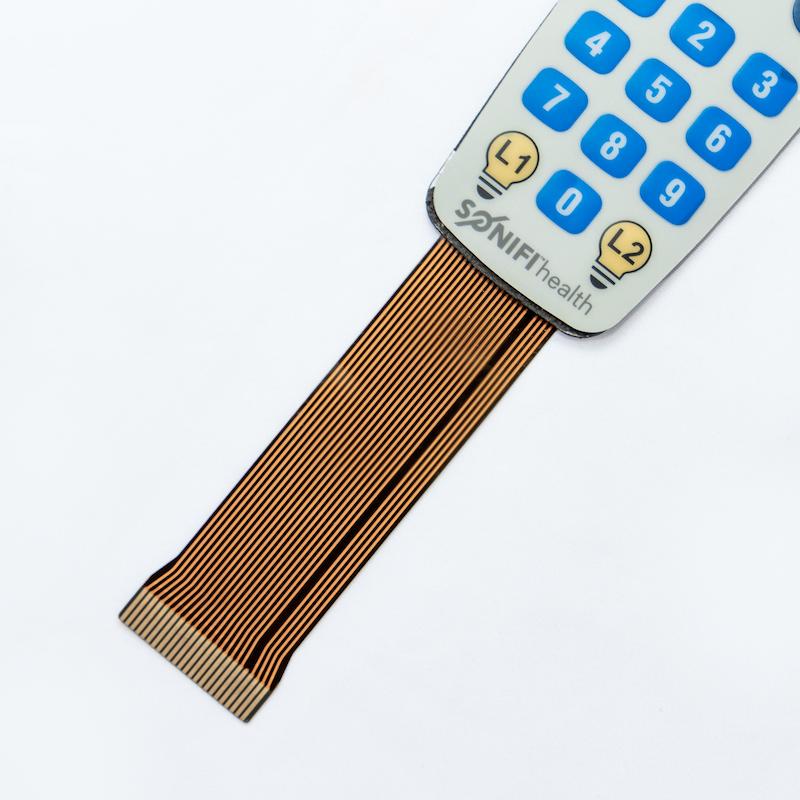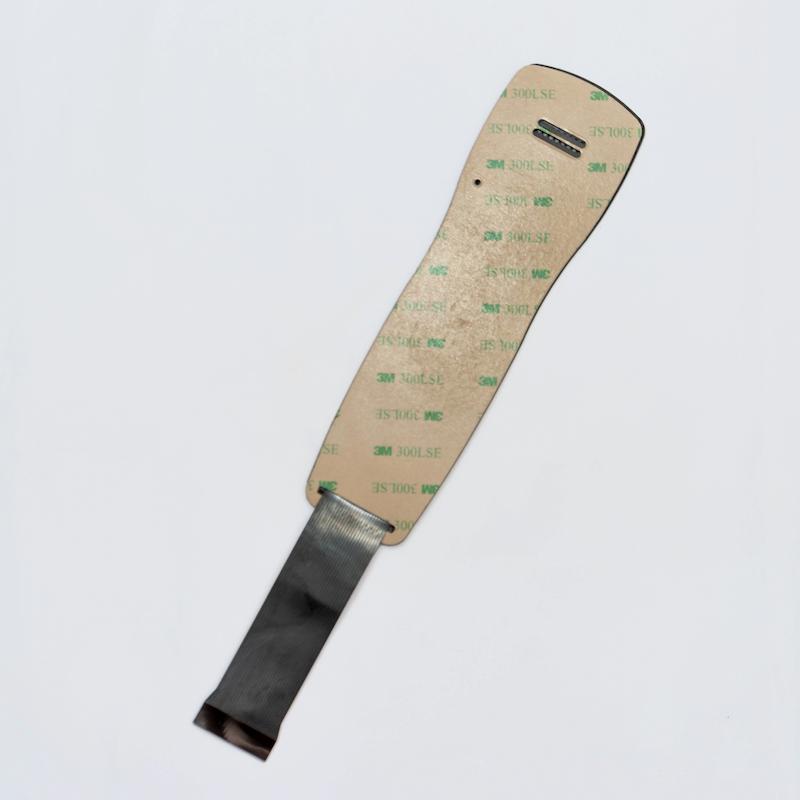In today's world, remote controls are an essential part of our daily lives. Whether it's turning on the TV or adjusting the temperature, we rely on them to make our lives easier. With advancements in technology, remote controls have become even more convenient, especially when it comes to membrane switches. In this article, we'll explore the different types of remote controls for membrane switches china and how they work. We'll also discuss the benefits of using remote controls with membrane switches, as well as some important considerations when choosing a remote control.

Remote controls have become an indispensable part of our daily lives, and they've come a long way since their invention. With advancements in technology, remote controls have become even more convenient, especially when it comes to membrane switches. A membrane switch is a thin, flexible circuit that is often used to create a control interface for electronic devices. Remote controls for membrane switches can offer a range of benefits, including convenience, flexibility, and safety.
Remote controls for membrane switch products are devices that allow users to control electronic devices through a membrane switch without physically touching it. Instead of pressing a button on the membrane switch, the user sends a signal to the device using the remote control. There are several types of remote controls for membrane switches, including IR, RF, and Wi-Fi remote controls.
IR Remote Controls
IR remote controls, also known as infrared remote controls, use infrared light to send signals to the device. They're commonly used with TVs, DVD players, and other home entertainment devices. To use an IR remote control, the user must point it directly at the device's infrared sensor.
RF Remote Controls
RF remote controls, also known as radio frequency remote controls, use radio waves to send signals to the device. They don't require a direct line of sight and can work through walls and other obstacles. RF remote controls are commonly used with garage door openers, security systems, and other home automation devices.
Wi-Fi Remote Controls
Wi-Fi remote controls use a wireless network to send signals to the device. They require an internet connection and can be controlled using a smartphone or tablet. Wi-Fi remote controls are commonly used with smart home devices, such as thermostats, lighting systems, and home security systems.

Convenience
Remote controls for membrane switches offer a high degree of convenience. They allow users to control devices from a distance, without having to physically touch the membrane switch. This can be especially useful in situations where the device is difficult to reach, such as a TV mounted high on a wall.
Flexibility
Remote controls for membrane switches such as LED membrane switches can also offer greater flexibility in terms of device placement. With a remote control, users can control a device from virtually anywhere in the room, regardless of where the device is located. This can be especially useful in larger rooms or for devices that are mounted in hard-to-reach areas.
Safety
Using a remote control for a membrane switch can also offer safety benefits. For example, in industrial settings, remote controls can allow operators to control equipment from a safe distance, reducing the risk of injury. In homes with small children or pets, remote controls can also help prevent accidental button presses.
When choosing a remote control for a membrane switch, there are several important considerations to keep in mind.
Compatibility
First and foremost, it's important to ensure that the remote control is compatible with the device you want to control. Some remote controls are designed to work with specific brands or types of devices, while others may be more universal.
Range
The range of the remote control is another important consideration. Depending on the type of remote control, the range can vary from a few feet to several hundred feet. It's important to choose a remote control with a range that will meet your needs.
Battery Life
Remote controls require batteries to function, so it's important to consider battery life when choosing a remote control. Some remote controls have longer battery life than others, which can be important if you plan to use the remote control frequently.

Remote controls for membrane switches work by sending a signal to the device through the membrane switch. When the user presses a button on the remote control, it sends a signal to the device, which is then processed by the circuit layer of the button membrane switch. The device responds accordingly, based on the signal it receives.
Remote controls for membrane switches offer a range of benefits, including convenience, flexibility, and safety. When choosing a remote control for a membrane switch, it's important to consider compatibility, range, and battery life. With the right remote control, you can control your electronic devices from virtually anywhere in the room, without having to physically touch the membrane switch.
Can I use any remote control with a membrane switch?
No, it's important to choose a remote control that is compatible with the device you want to control.
How far can I control my device with a remote control for a membrane switch?
The range of the remote control can vary, depending on the type of remote control. Some have a range of a few feet, while others can work through walls and other obstacles.
Do remote controls for membrane switches require batteries?
Yes, most remote controls require batteries to function.
Can remote controls for membrane switches be used in industrial settings?
Yes, remote controls can be used in industrial settings to control equipment from a safe distance.
What are the benefits of using a remote control for a membrane switch?
Remote controls offer greater convenience, flexibility, and safety when controlling electronic devices through a membrane switch.
